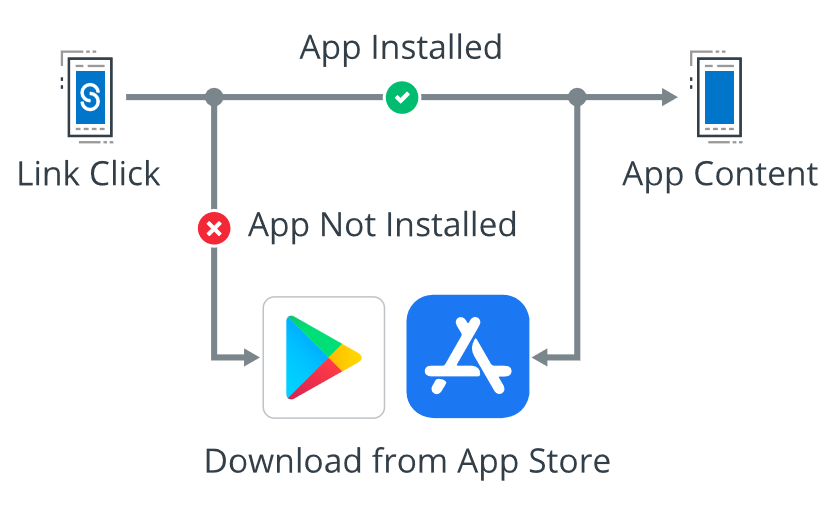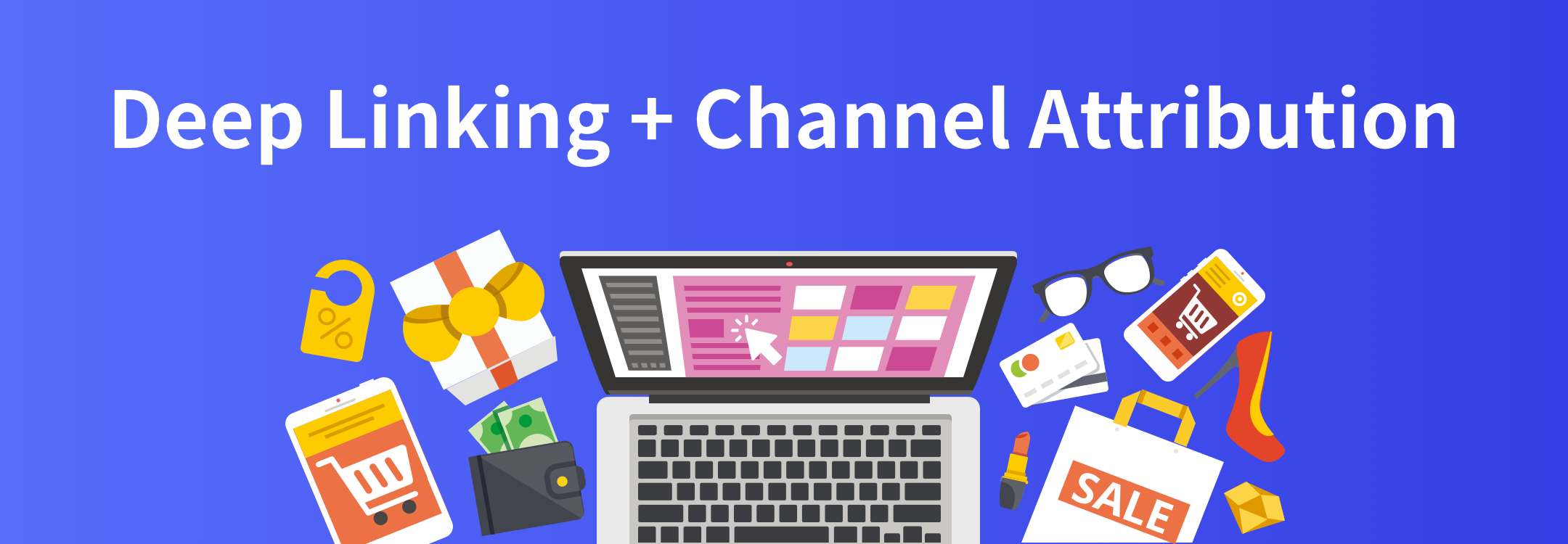
Deep Linking + Channel Attribution
- 2025.05.14 11:20
- openinstall
- Product Dynamics
I believe most people have experienced a day like this:
- During the morning commute, you see an activity advertisement for an App on the subway or in the elevator.
- During the day at work, your phone is bombarded with various text messages, push notifications, and pop – up ads.
- In the evening after work, when you’re scrolling through videos, you still come across a lot of in – feed ads.
No matter how you try to avoid them, there’s always an ad that can catch your attention. However, whether it’s during the commute, work, or relaxation time, the time and patience you’re willing to spend experiencing various Apps are surely limited. A conversion process that requires more than three steps is bound to affect your willingness to convert.
Therefore, in any marketing scenario, it has become a must – have option for Apps to make smart use of deep – linking and channel – attribution technologies.
- Channel Attribution: It is a channel source tracking technology. After generating a promotional link with statistical parameters, this link is placed in promotional scenarios. Subsequently, the number of user visits, installations, conversion rates, and activity levels brought by this channel can all be tracked, counted, and used as data for analysis.
- Deep Linking: Refers to the Deeplink technology. When triggered on an H5 page, it can jump users to any specified page within the App. An advanced version can also achieve jumping to a specified page upon the first App opening even if the user has not installed the App yet.

1. What is the Deep Linking (Deeplink)?
A relatively convenient solution is to use openinstall to achieve deep – linking and channel – attribution technologies in one – stop. On the one hand, it can help shorten the conversion path for users and enhance the service experience. On the other hand, it provides channel – source tracking technology. You can gain insights into all – channel data by placing parameter – linked promotions in any scenario.
The openinstall console can generate channel data reports, including exposure volume, click – through rate, installation volume, registration volume, retention rate, growth trend, and IP distribution. It can generate promotional links or QR codes with tracking capabilities, allowing users to directly jump to internal pages when opening the App.
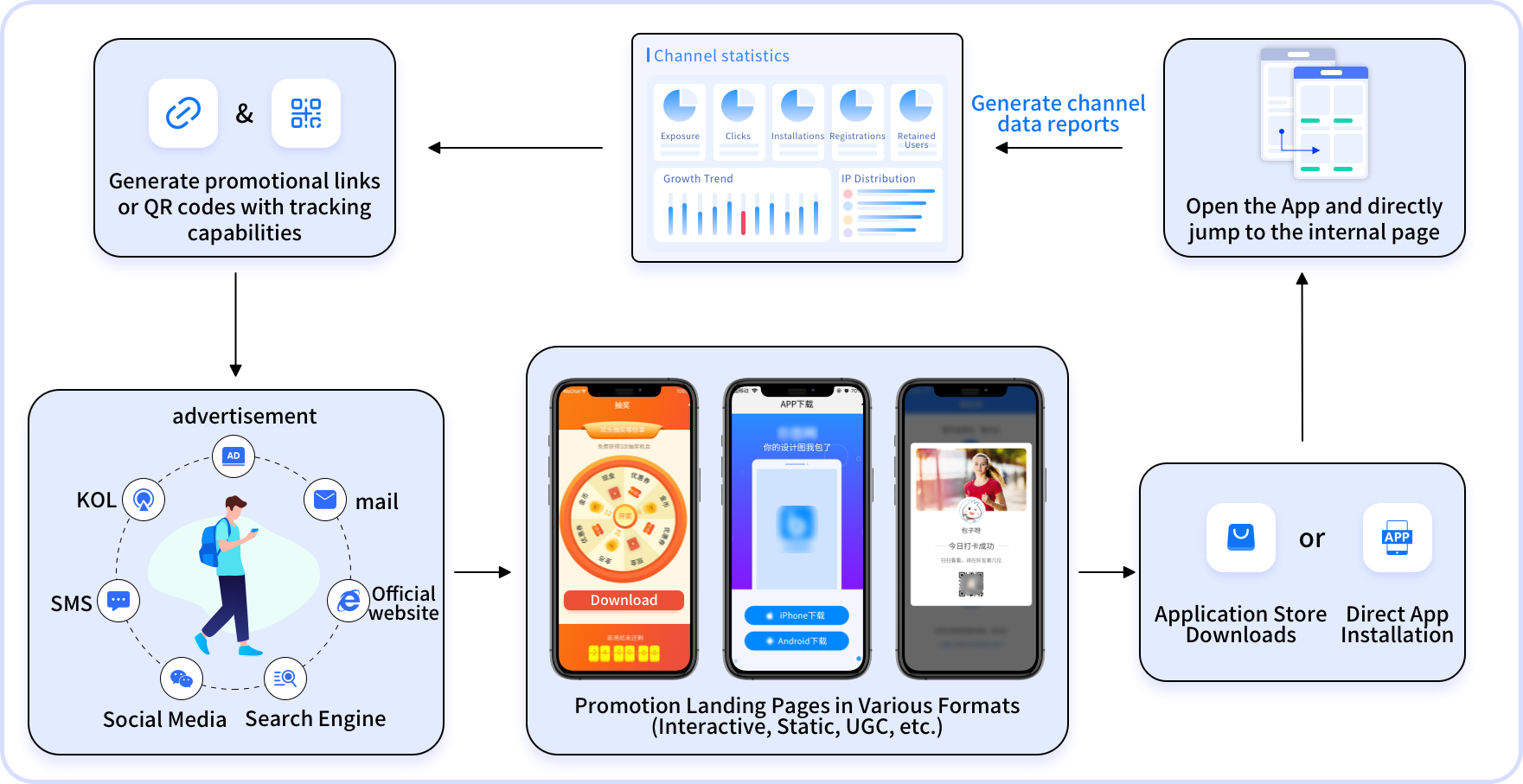
So, what is the actual effectiveness in real – world scenarios? Here are the common combination methods of five different advertising forms:
I. SMS Marketing: Multiple Combinations to Re – engage Users
Both SMS and email marketing are among the most direct ways to reach users. By sending recommendations, consultations, and other content to users, with deep – linked URLs that have channel – tracking capabilities attached, users can directly start the in – app page from the SMS or email, and corresponding channel data can be obtained.
Here are some common Deeplink – based SMS marketing scenarios empowered by openinstall’s parameter – passing installation and one – click launch functions:
- Growth and Conversion Marketing: An App can send SMS messages to users whose group – buying invitations are incomplete or who haven’t used their coupons, reminding them to take the next step. The Deeplink can directly help users jump to the group – buying or coupon page, increasing user growth and payment conversion, reducing the probability of conversion loss, and at the same time, statistically analyzing the post – installation conversion and retention effects through channel data.
- Order Reminder for Payment: E – commerce or retail Apps can send targeted push notifications to users who have items in their shopping carts. Through the Deeplink, these users can be directed to the App’s shopping cart page to complete the payment in one step.
- Member Benefit Promotion: A platform can use Deeplink to promote exclusive benefits for VIP members. This approach allows member users to directly access the platform’s privilege page to claim exclusive discounts, strengthening user loyalty and brand trust.
- Event Promotion Notification: With the help of Deeplink, after a platform notifies users to participate in an event, users can directly jump to the event page by clicking the link. The parameter – passing installation feature can attribute the channel source, so the marketing effect of the event can be traced, including the number of users attracted and user participation levels.
II. Viral Marketing: Waiving Invitation Codes to Boost Conversion
Currently, in addition to buying user traffic, App user acquisition also highly relies on the invitation – sharing capabilities among users to form viral dissemination. This method has a lower cost and good results. However, it also depends on a short – process path within three steps to improve user conversion.
By flexibly using the parameter – passing installation function of openinstall, we can transmit the inviter’s identity parameters on the sharing page. When the invited person registers, the relationship between the two parties is automatically bound, thus realizing installation without the need to fill in an invitation code.
Simply put, in the viral – marketing process, both parties only need to download through the page as usual to complete the business connection, binding the rewards and performance attribution of both parties. There is no need to use complex identification methods such as invitation codes or ground – promotion codes to spread the sharing behavior. By reducing the most complex step, the process conversion takes a big step forward.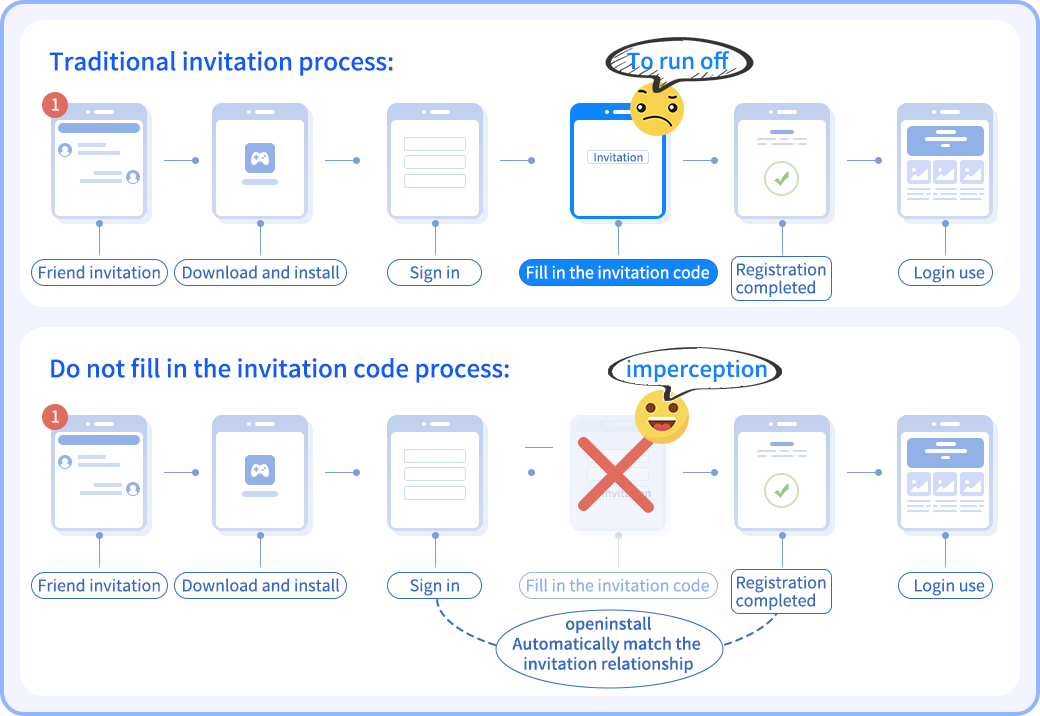
III. Offline Marketing: Combining Branding and Performance for Growth
Offline channels usually have a precise coverage. They target the student group by spreading to campuses, the white – collar group by spreading to office buildings and subways, and consumers by spreading to stores. However, most of them focus on brand advertising effects, enhancing user – mind cultivation. If you want to further combine performance – based advertising promotion, then channel – source tracking is essential. Ultimately, data is used to measure the growth achievements of each advertising space.
By using openinstall to achieve direct launch and parameter – passing attribution, whether it’s active ground – promotion by a team or KOL marketing, store poster promotion, salesperson performance assessment, gift – packaging promotion, or even marketing in commercial scenarios such as subways, buses, and buildings, it can all be promoted in one step with QR codes as the carrier. In offline scenarios, scanning the code automatically redirects to the online consumption scenario, and the background automatically counts the data changes and growth trends of each scenario channel, providing real – time insights into the brand – performance service value of the entire scenario.
IV. Advertising Placement: Tagged Launch and Monitoring
For e – commerce, novel, and short – drama Apps, precise placement based on user – group tagging is more important. When placing ads, it is hoped that for users who click on different types of ad materials, content related to the materials will be shown to them, thereby enhancing user stickiness.
Through the deep – linking capabilities provided by openinstall, both new and existing users can first view some exciting chapters of novels, short – drama clips, or product welfare activities on the advertising page. Then, through guiding terms such as “Download the App to view more content”, new users are attracted. After users download and open the App, they can directly view the pre – set content, which can be a specific novel, a short drama, a product page, or even a specific chapter they previously read.
The conversion effects of each novel, short drama, and product placement on different channels will be directly displayed on the openinstall platform. At the same time, it will help us optimize the subsequent quality of the targeted conversion population.
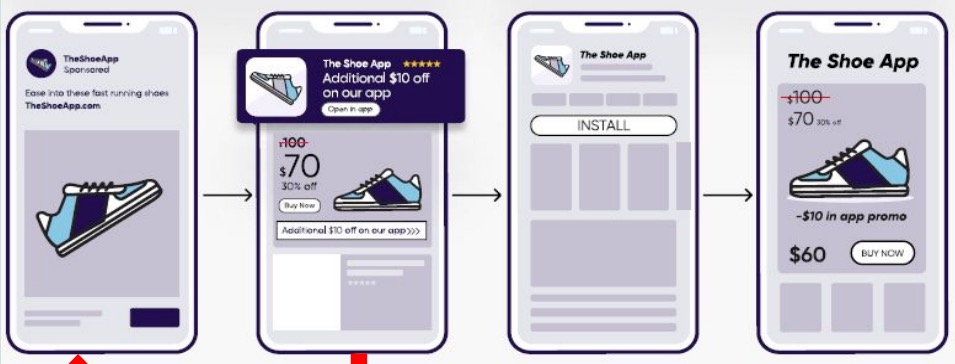
V. Search Engines: Dynamic Parameter Passing to Analyze Motivations
Platform Apps with a certain scale produce tens of thousands of pieces of content daily. They should make good use of the indexing capabilities of mainstream search engines such as Google and bing to lay out download slots, and at the same time, do a good job in channel – tracking deployment to understand the value of each article or piece of content.
Take an IT information platform served by openinstall as an example. This platform has nearly 50 million pieces of content and information across the network. Mainstream search engines like Google and bing are constantly helping to drive new users to download the App from the platform’s page articles. Therefore, each article can be regarded as a traffic channel, and each channel (page) has many recommended pages and download tags. To know which download slots users use to download the App and which slots are more valuable, it is necessary to perform parameter – passing tracking on various related recommendations on each article.
Ultimately, by using openinstall to pass multiple types of dynamic parameters for each page, in addition to the regular one – click launch to the specified page, we can further understand the traffic – attracting effects of various tag slots on each page, thus quickly learning about the motivations behind each user’s download and the real traffic – attracting value of each slot.
The smart use of deep – linking and channel – attribution only requires low – cost third – party integration. Their powerful functions and wide applicability can evidently greatly assist App marketing, bringing more traffic and conversions. It doesn’t require you to add tracking codes to all product pages, and you can choose any product and scenario that need promotion for layout. The audience can more easily share and learn about the content they like (such as products, videos, live – streaming rooms, etc.), and it’s easier to connect with the audience and build stickiness.
Recent Posts
- OpenInstall Omnichannel Multi-scenario Solution
- Having trouble acquiring users and achieving conversions for your app? Here are solutions based on real-world examples.
- openinstall: A solution for attribution and redirection from web to app (W2A).
- How to efficiently use app data statistics
- In today’s wave of social networks, how should developers make good use of omni-channel statistics?
- ASA Attribution Statistics: Breaking Through the Gap in iOS Customer Acquisition Data from a Developer’s Perspective, Making Advertising Decisions More Traceable
- Openinstall Core Function Usage Guid
- What benefits can a Web to App attribution solution bring?
- IMore than just “data calculation”: The underlying logic of APP channel agent statistics is the key to doubling conversion efficiency
- How to Use App Install Parameters for Channel Attribution

